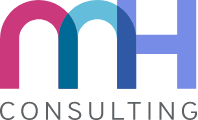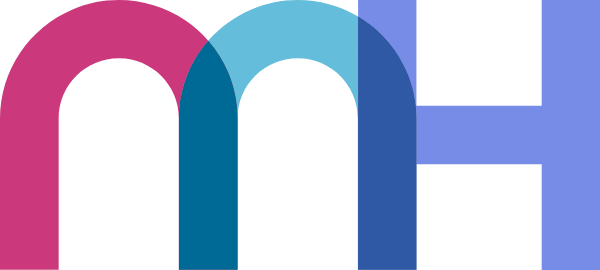This client, an established startup, had only one junior UX specialist, and two product managers on staff. The development and science teams were much larger, which meant their focus was mostly on their technology platform. Unfortunately, they weren’t getting people to subscribe the way they had hoped, and fast timelines were causing them to be mostly tactical, with no good sense of direction.
I was asked to help support the overwhelmed team, which I did by first being an extra pair of hands to tackle the backlog. Then, I set them up with tools to improve their efficiency and introduced them to user research methods to build better insights about their users.
Client Story:
Coaching + Supporting an Overwhelmed Team
Industry: regenerative agriculture
Dive In + Dig Out
Because my client was in a desperate situation, the first thing I did was jump in to relieve the backlog of design work their single UX person was trying to get through.
I worked collaboratively with developers to quickly make UX decisions as they were coding. These interactions also gave me the opportunity to better understand the pain points the teams were experiencing.
In addition to not understanding exactly what they were building and why, the developers felt as though they were constantly tweaking designs. There were no consistent text styles and lots of UI variations. All this resulted in extra work, and frequent miscommunication.
Pattern Library
To reduce the effort involved in designing and developing their product, I knew the team would benefit from a pattern library.
A pattern library is a collection of design elements that repeatedly appear on a site or app. Each element is accompanied by best practices, variations, rules, and any additional specifications.
A pattern library helps everyone…
Users get UI consistency and familiarity, which makes it easier to use.
Designers get a set of building blocks, making it easier to quickly put together new designs and communicate ideas.
Developers get a set of components with reusable code and clear design specifications.
The team gets to focus on the bigger picture more, with less effort put into pushing pixels.
The organization gets a consistent brand expression, continuity as staff turns over, and faster new employee onboarding.
After doing an audit of all their colors, text styles, layouts, icons, graphics, and components, I worked with the team to pare down text styles, choose between redundant components, and discuss any element that wasn’t currently serving them well.
This also was an opportunity for me to assess and identify several accessibility issues, which resulted in updates to font sizes, colors, and interactions so their product could be more inclusive (and avoid potential litigation).
The end result was a comprehensive guide to building a high quality product that relieved a lot of frustration and set the team up to perform better going forward.
Image: Three pages from the interactive pattern library I built for my client.
Introducing User Research
While the pattern library helped my client build out their ideas faster, it did nothing to address whether they should be building them in the first place.
Many on my client’s team had wanted to do user research before, but felt they were always too busy to make it happen. As a result, the team felt like they were always guessing at what users wanted, and they were disappointed the product wasn’t more successful.
They needed to get out of the “if we build it, they will come” mentality, and start a new habit of testing their ideas before writing a single line of code.
Research Objectives
- Why and how are subscribers currently using our product?
- Are they engaging with other related products? Which ones and why?
- What pain points do they have with our current product?
- What do they wish our product could do for them?
- Do our new ideas provide value to subscribers?
While their product didn’t yet have the number of subscribers they had hoped for, they did have enough to recruit from. We sent an email invitation with an incentive offered by my client. After a short screening survey, we were able to schedule six subscribers for some upcoming remote interviews.
I worked with the team to define research objectives. To do this, we needed to consider what we wanted the outcome of the research to be. I like to phrase this as, “when this research is done, what do we hope to know?” The objectives helped determine the research methodology. In order to probe for general insights, and get feedback on the team’s new ideas, I settled on a hybrid interview and prototype test.
After writing up a research plan and an interview script, I facilitated a series of hybrid interview and prototype tests. For the first half, I focused on probing for insights related to their product and industry. Then for the second half, we watched while participants completed tasks (via remote screen share) while using a prototype we built to solicit feedback on their new ideas.
The team came out of the research sessions excited to talk about what they had learned and to iterate on their ideas. I sensed renewed energy and enhanced empathy after hearing directly from their users. The insights we gathered helped the team make informed decisions about the future direction of their product, and they were equipped to continue to learn.





